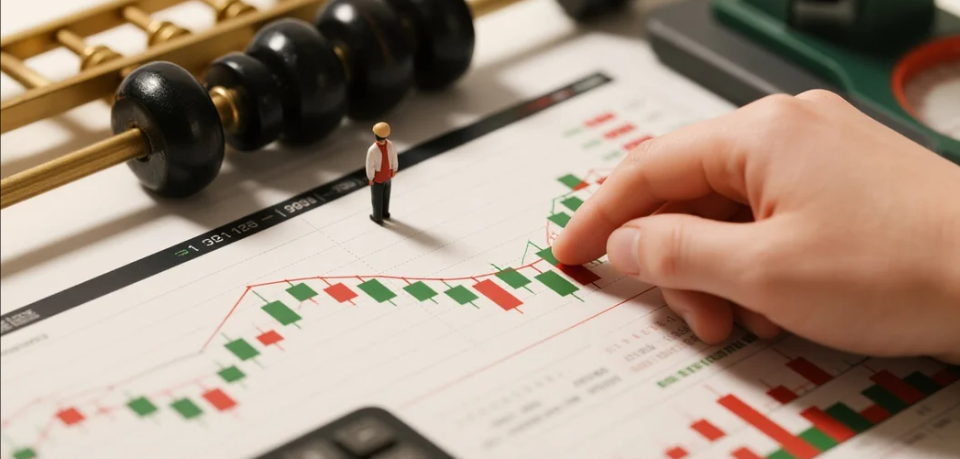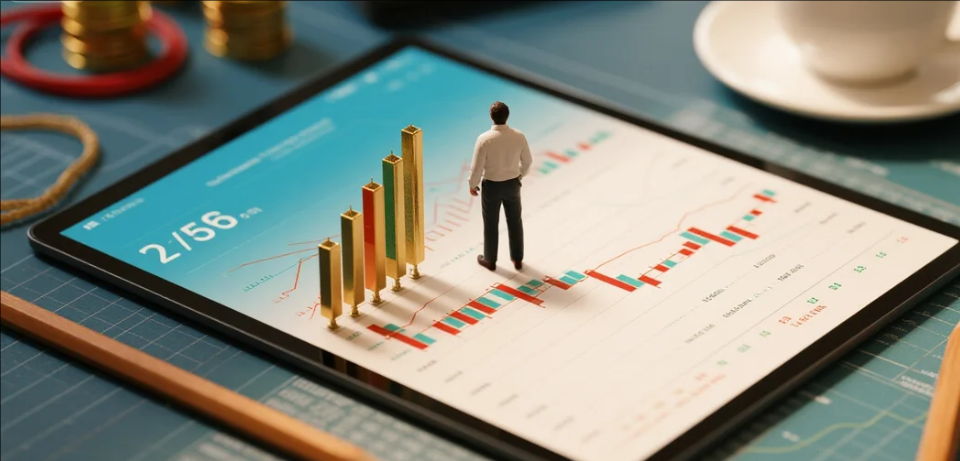
Investors who frequently review futures market research reports or engage in fundamental trading are certainly familiar with El Niño and La Niña. Recently, meteorological and financial media have released updates on La Niña and El Niño, drawing significant attention from futures investors. So, what are El Niño and La Niña phenomena, and how do they affect the futures market?
El Niño and La Niña are two common climate variability phenomena in the Pacific Ocean and atmospheric system. They are typically opposite but can occasionally occur simultaneously.
1. El Niño Phenomenon
El Niño refers to the abnormal warming of sea surface temperatures near the equator, a periodic variation in the Pacific Ocean and atmospheric system that usually occurs every 2–7 years.
During an El Niño event, sea surface temperatures in the eastern Pacific rise 1–2°C above average. When sea temperatures rise abnormally, atmospheric pressure in tropical regions typically decreases, causing pressure near the equator to rise. This alters atmospheric circulation patterns, ultimately affecting global climate.
El Niño often leads to the following climate changes:
- Increased rainfall in South America and the U.S. West Coast;
- Droughts in Southeast Asia, Australia, and Indonesia;
- Higher global temperatures.
For example, the 1997–1998 El Niño caused global climate disruptions, including floods and droughts in countries like Indonesia, the Philippines, and Ecuador.
2. La Niña Phenomenon
La Niña is another periodic variation in the Pacific Ocean and atmospheric system, opposite to El Niño.
During La Niña, sea surface temperatures in the eastern Pacific drop 1–2°C below average, reducing evaporation in tropical regions and lowering global temperatures. This can lead to natural disasters like droughts and floods in some areas, similarly impacting global climate.
La Niña typically brings the following climate changes:
- Droughts in South America and the U.S. West Coast;
- Increased rainfall in Southeast Asia and Australia;
- Lower global temperatures.
For instance, the 2010–2011 La Niña caused floods in Indonesia and Australia, while South America experienced prolonged droughts.
3. Impact on the Futures Market
Here are some effects of these phenomena on the futures market:
1. Agricultural Futures: El Niño and La Niña alter global precipitation and temperature patterns, potentially causing droughts or floods that affect crop growth and yields. For example, El Niño may trigger droughts in Southeast Asia, impacting palm oil and rubber production, while La Niña could introduce uncertainty for soybean and corn yields in Argentina and Brazil.
2. Energy Futures: Climate phenomena can influence energy demand, especially in winter. La Niña sometimes brings colder winters to parts of the Northern Hemisphere, increasing demand for heating oil and natural gas.
3. Metal Futures: El Niño may disrupt mining and transportation of certain metals, particularly in regions prone to extreme weather, affecting supply and prices.
4. Weather Derivatives: Some exchanges offer weather derivatives, such as temperature index futures, whose prices are directly influenced by climate phenomena.
5. Transportation Costs: Extreme weather events can disrupt logistics, raising transportation costs and impacting commodity delivery and pricing.
Conclusion:
The effects of El Niño and La Niña on the futures market are uncertain, as they depend on factors like intensity, duration, and regional climate conditions. Investors should consider these variables and monitor meteorological forecasts and market trends when making decisions.
















